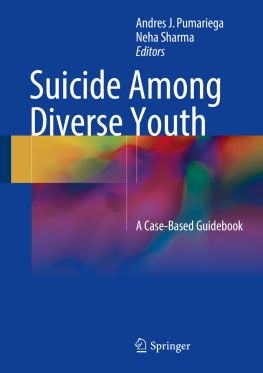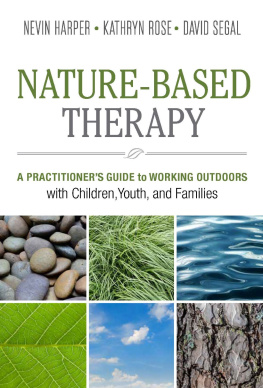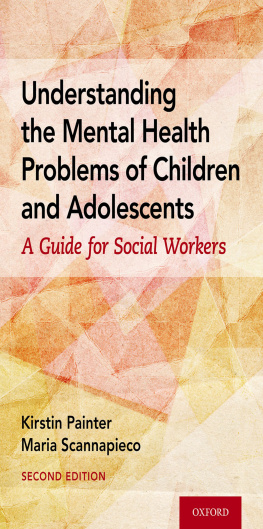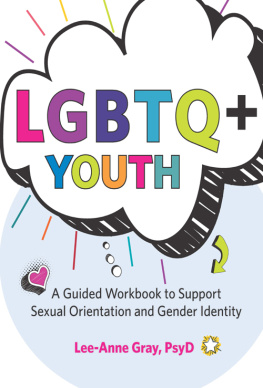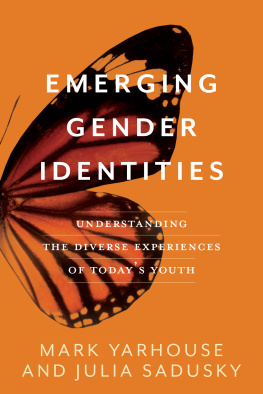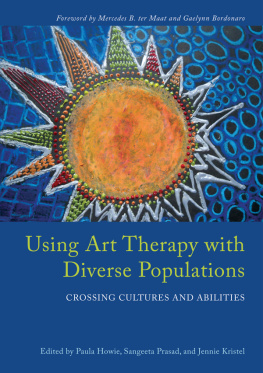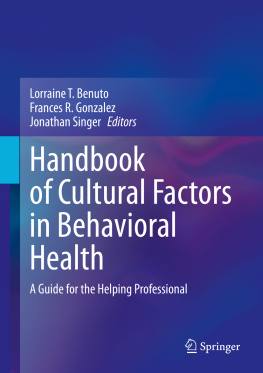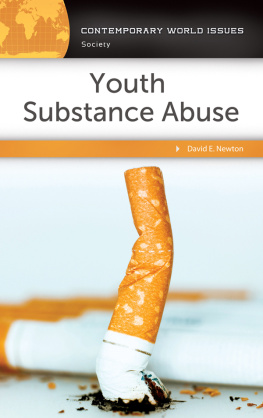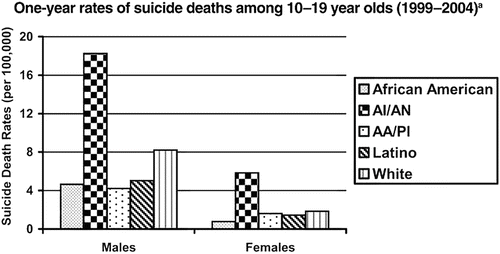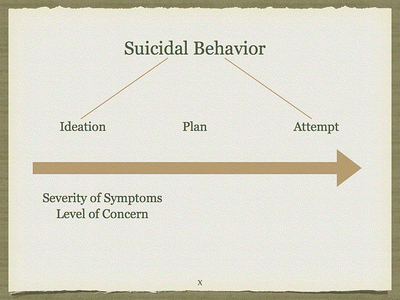1. Cultural Aspects of Suicidality Among Youth
I wish it need not have happened in my time, said Frodo.
So do I, said Gandalf, and so do all who live to see such times. But that is not for them to decide. All we have to decide is what to do with the time that is given us.
J.R.R. Tolkien, The Fellowship of the Ring
When people dont express themselves, they die one piece at a time.
Laurie Halse Anderson, Speak
To be, or not to be: that is the question:
Whether tis nobler in the mind to suffer
The slings and arrows of outrageous fortune,
Or to take arms against a sea of troubles,
And by opposing end them? To die: to sleep;
No more; and by a sleep to say we end
The heart-ache and the thousand natural shocks
William Shakespeare, Hamlet
Introduction
Adolescent suicide is the most tragic experience for any society. The sudden loss of beautiful memories, a bright future, and growth of the individual and family is jarring and appalling. In 2012, suicide became the second leading cause of death in adolescents aged 1524 years after unintended accidents and followed by homicide. In this age group, the deaths caused by suicide alone are greater than the combined deaths caused by cancer, heart disease, influenza, pneumonia, diabetes mellitus, human immunodeficiency virus, and stroke []. The group with highest risk is American Indian/Alaskan Native (AI/AN) adolescent males, while the lowest risk group is African-American (AA) females.
Fig. 1.1
One-year rates of suicide deaths among 10- to 19-year-olds (19992004) [], 2008, with permission from the American Psychological Association)
Due to this demographic shift and steadily increasing suicide rate, there is a need of reassessing the current model of suicide prevention, assessment, and management. The current model is based on Western culture that values individualism and sees the purpose of life from ones individual sense of successes and failures. This core value that guides the current screening tools and assessments may not be relevant when addressing youth from diverse populations, among whom value orientations are more oriented to family and community than to the individual. For example, when working with Asian-American youth, the impact of a familys experience of shame, loss, or dishonor may contribute to suicidal thoughts more than the youths individual sense of failure. If this factor is not assessed correctly, the mental health (MH) provider is likely to miscalculate the severity of risk factors, miss the opportunity to prevent suicide attempts, or may develop a treatment plan that is not relevant to the youth or the family.
In the light of the changing US population, it is possible that we are approaching a public health crisis because we are not equipped to address the needs of a culturally diverse population.
Since the increase in the rate of suicide is disproportionately higher among minorities, there is a need to understand suicidal behavior through the lens of the cultural context of precipitating factors, risk factors, protective factors, and means of suicide. Furthermore, how the behavior is interpreted, in the cultural context, directly impacts preventive care, intervention, and post-intervention process. Thus, awareness of how cultural elements interact with adolescent suicidal behavior is vital to provide effective care.
How Do We Understand Suicidal Behavior Today?
First, some definitions of terms related to suicide need to be reviewed. Suicide is a self-inflicted form of death that occurs predominately in adolescence and from middle age to older age. Suicidal behavior is referred to voluntary action that could result in death. A suicide attempt is an attempt to harm self with an intent to kill himself/herself that could be lethal or nonlethal. Suicidal ideation (SI) is referred to thoughts of killing oneself with or without a plan or an intent to die. (Please see Table for conceptualization of the relationship of these terms to each other.)
Fig. 1.2
Severity of symptoms and level of concern for suicidal behavior
The National Comorbidity Survey Replication-Adolescent Supplement (NCS-A ) attempted to identify prevalence, correlates, and treatment of lifetime suicidal behavior among adolescents by surveying 6483 adolescents and parents. Conclusions of this survey estimated that lifetime prevalence of suicide ideation, plan, and attempts among respondents is 12.1%, 4.0%, and 4.1%, respectively, occurring more commonly among females than males. One third (33.4%) of ideators go on to develop a suicide plan and 33.9% make an attempt. The proportion of ideators who go on to make an attempt are 60.8% of those with a plan compared to 20.4% of those without a plan. Thus, when assessing suicide risk, the importance of inquiry about suicide plan and the intent is vital. A majority of adolescents that transition from ideation to plan (63.1%) and from ideation to attempt (86.1%) do that within the first year of onset of ideation []. This shows the importance of MH follow-up for during the first year after suicide ideation is identified. Commonly, an adolescent has been experiencing SIs and has vague ideas of a plan. However, in a state of distress and/or impulsivity , an adolescent is more likely to transition from plan to attempt, and a minority of suicide ideators can go on to make attempts impulsively without a plan.
The NCS-A also notes that majority of adolescents with suicidal behavior meet lifetime criteria for at least one Diagnostic and Statistical Manual of Mental Disorders-IV (DSM-IV ) diagnosis . (Prior mental disorder is most strongly associated with SI.) The significant positive predictors of suicide attempt are major depressive disorder (MDD) , post-traumatic stress disorder (PTSD) , eating disorder , bipolar disorder , and oppositional defiant disorder (ODD) in that order [].

